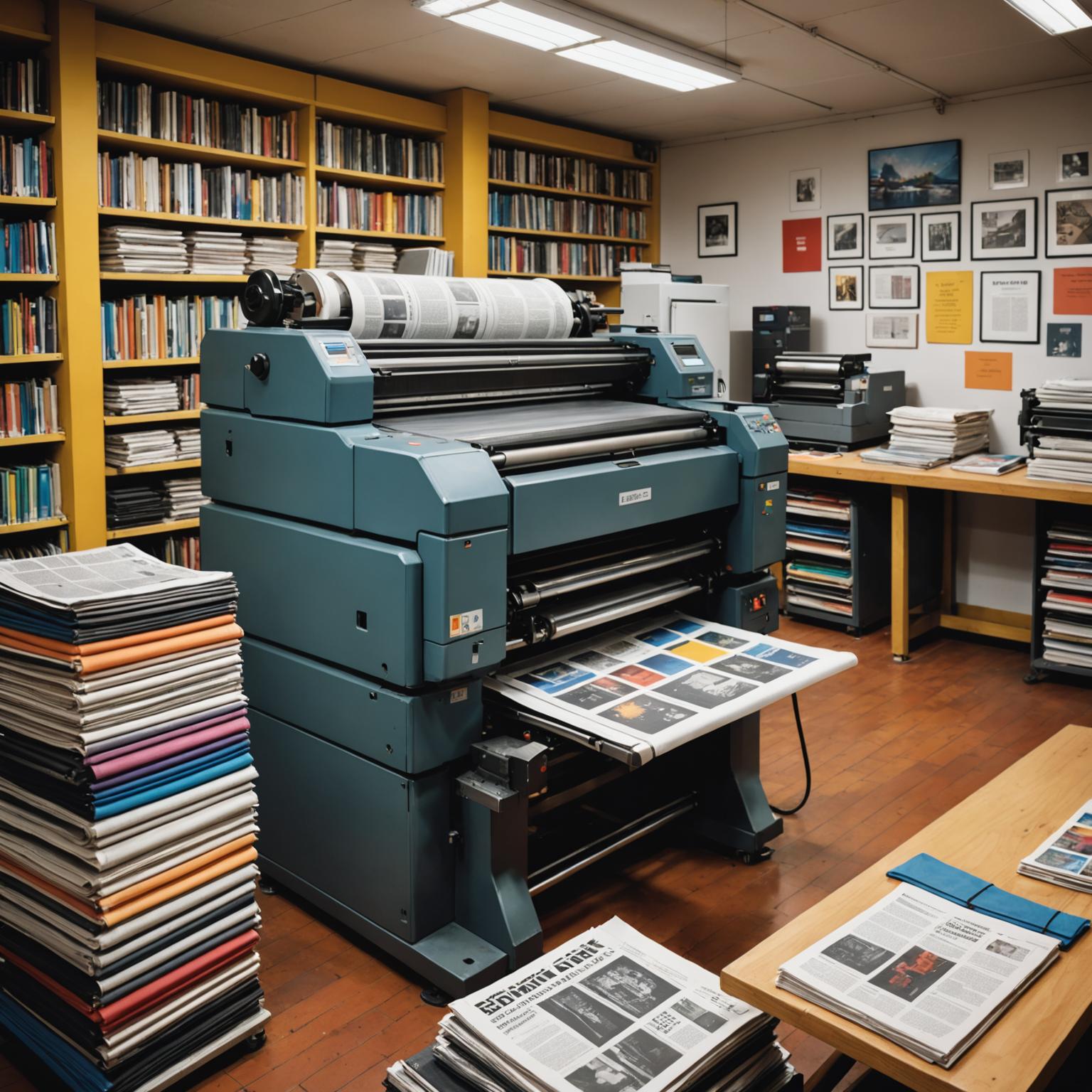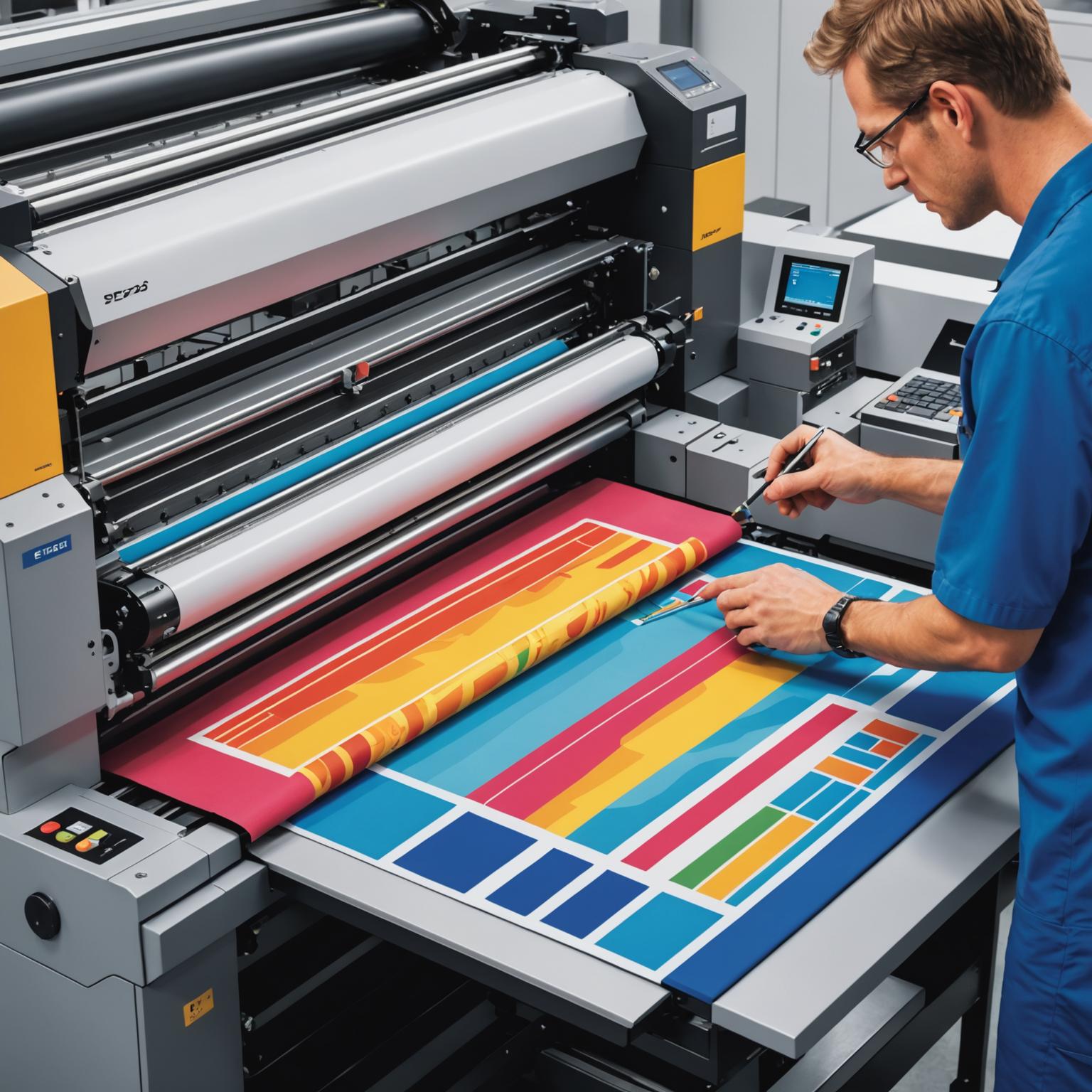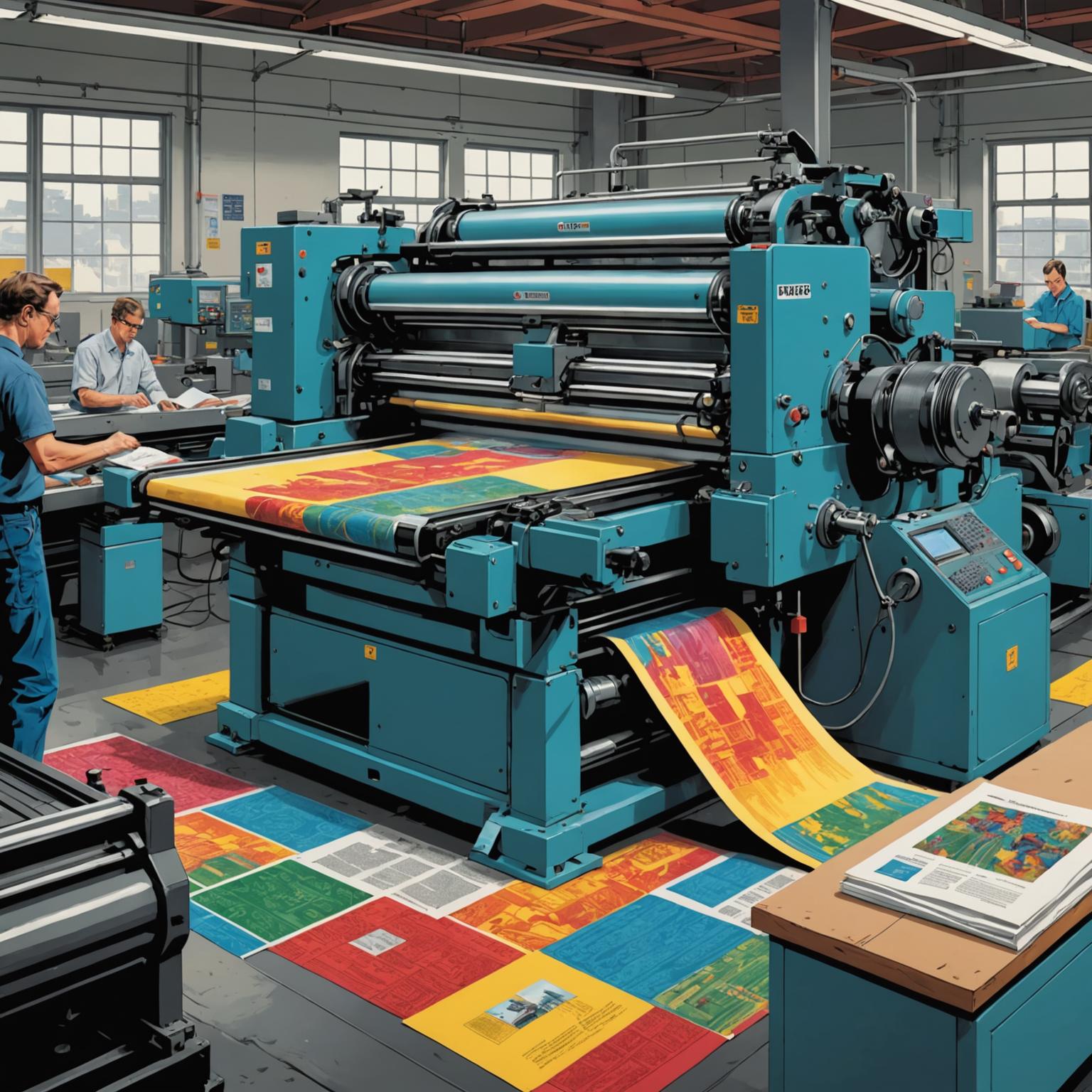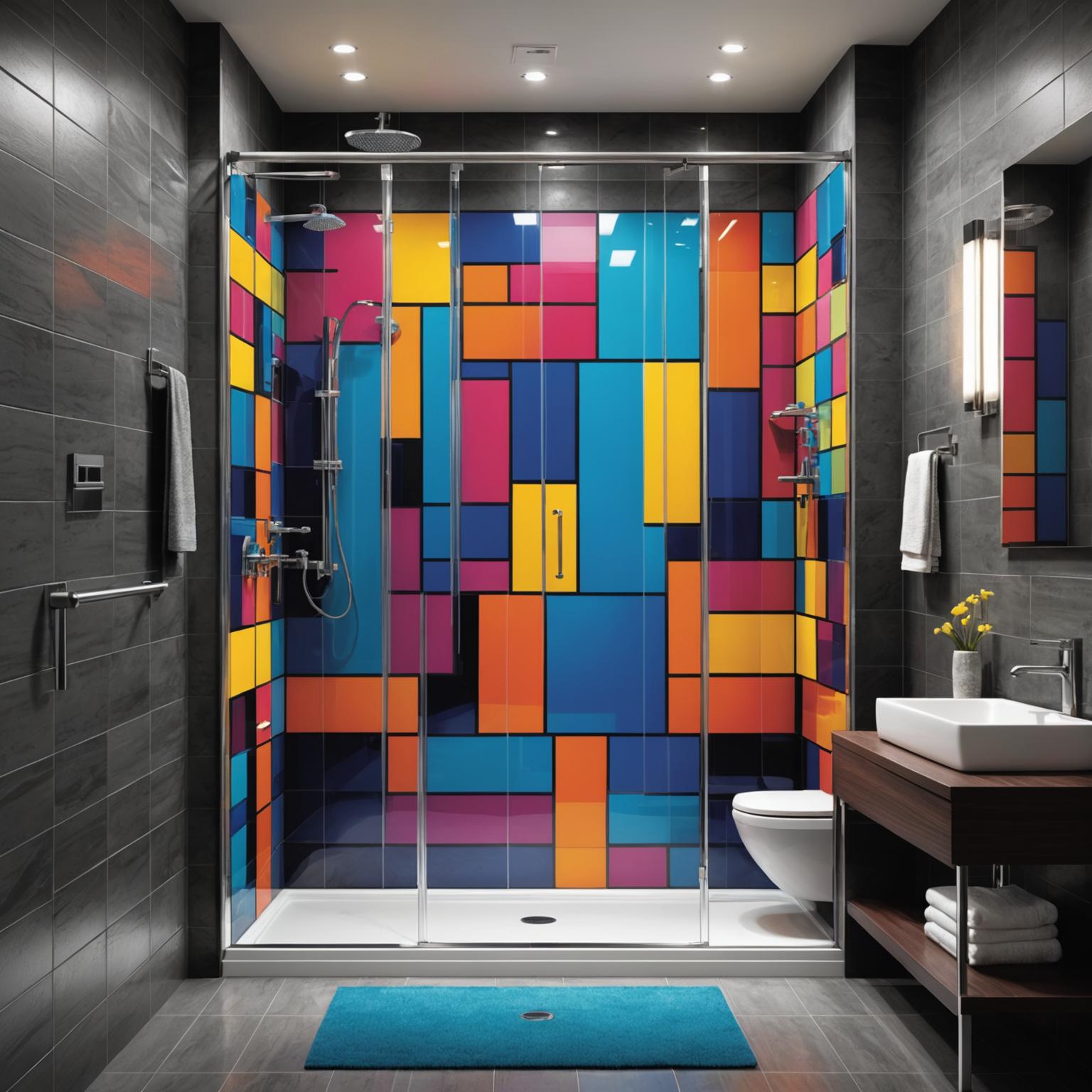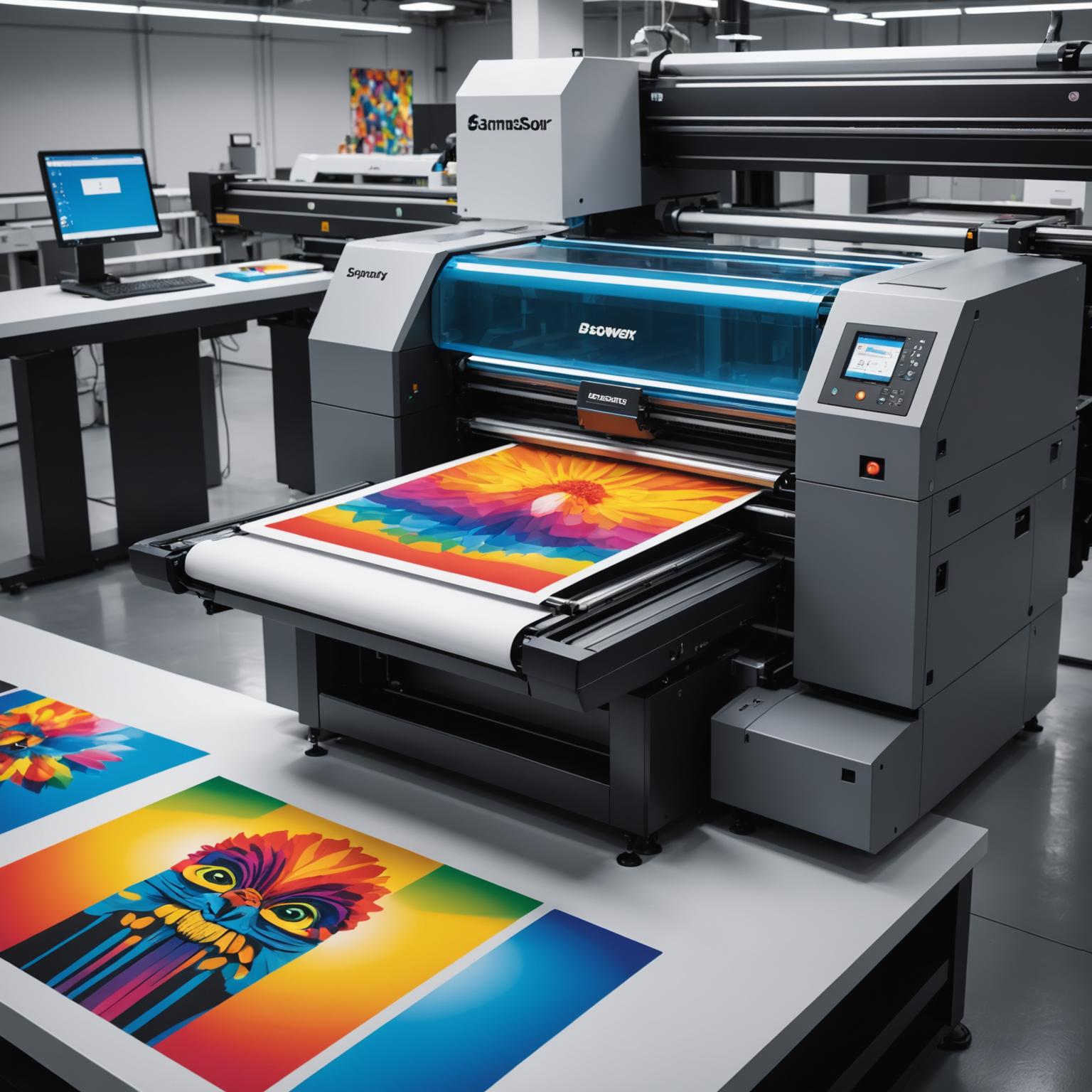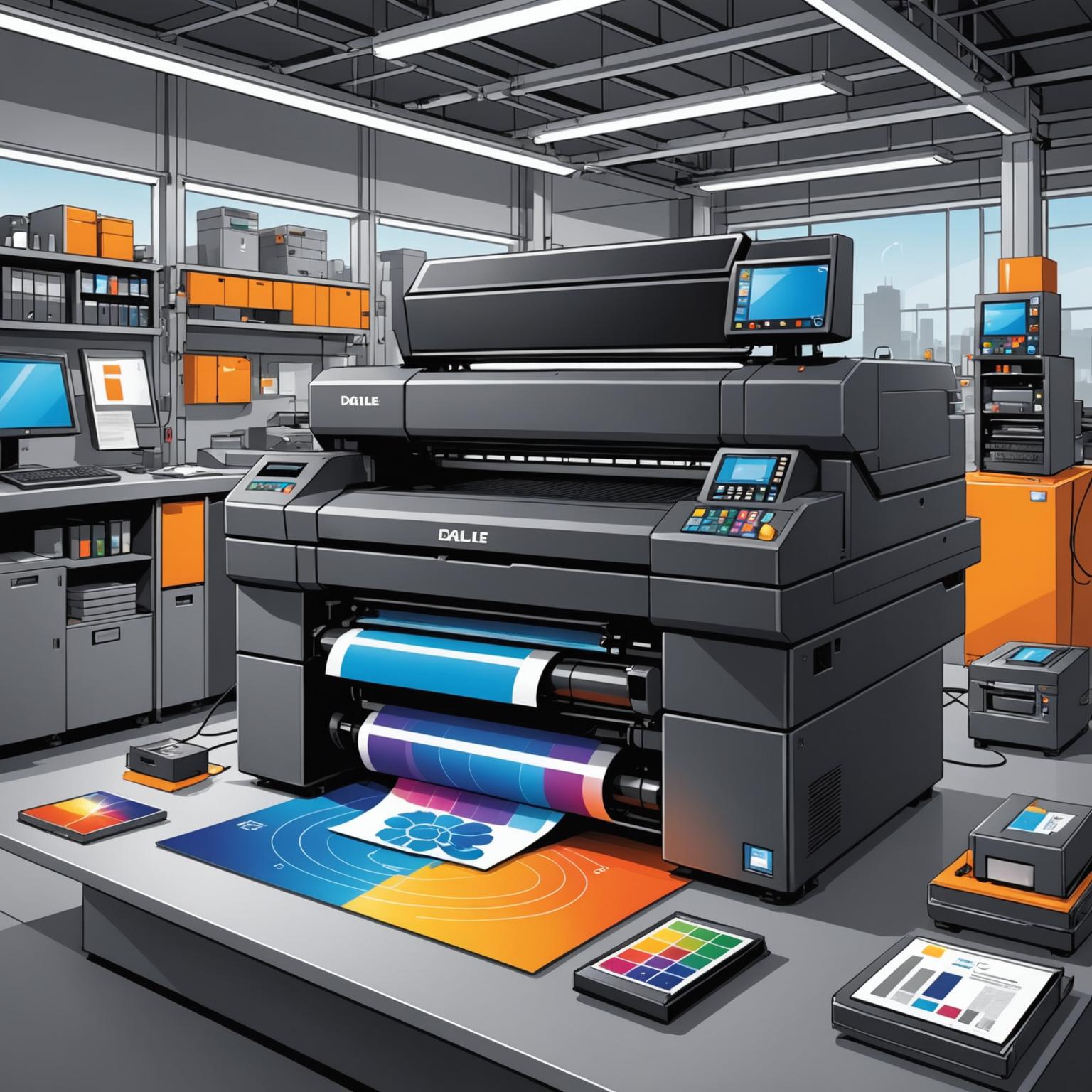In the dynamic and ever-evolving world of printing, flexography stands as a titan, responsible for a vast amount of the packaging we encounter daily. While digital innovations continue to push boundaries, the traditional methods retain a powerful and deserved place in the industry. Understanding the nuances of various analog flexo applications is crucial for any print provider aiming to deliver the perfect balance of cost, quality, and durability for their clients. The choice between legacy techniques and modern advancements forms the core of production decisions made every day on the pressroom floor.
The Enduring Craft of Analog Flexography
At the heart of analog flexography is a tangible, craftsman-like process. It begins with the creation of a film negative, a physical transparency of the desired image. This film is placed over a photopolymer plate, which is then exposed to a powerful UV light source. The light hardens the polymer in the image areas, and the unexposed, non-image areas remain soft. A subsequent washout process, using solvents or water, removes the soft, unhardened polymer, leaving behind a raised, three-dimensional relief of the final image. This plate is then cured and finished, resulting in a remarkably durable and resilient printing tool. The beauty of this method lies in its robustness. These thick, stable plates can withstand the immense pressure and friction of extremely long print runs, making them ideal for jobs that require millions of consistent impressions without degradation.
The Rise of Digital Platemaking
In contrast, digital platemaking, often called Computer-to-Plate (CtP), streamlines the prepress stage by eliminating the film negative entirely. In this process, a high-powered laser, guided directly by a digital file, etches or ablates a black mask layer on the surface of the plate. The plate then undergoes a main UV exposure similar to the analog process, but without the potential for distortions, dust, or scratches associated with film. This direct-to-plate method offers unparalleled precision. It allows for the creation of much finer dots and sharper details, resulting in crisper text, smoother vignettes, and higher-fidelity graphic reproductions. The speed is another significant advantage; by removing the film step, turnaround times from design to press are dramatically reduced.
Choosing the Right Plate: Analog Versus Digital Plates
The decision between these two methods is a classic case of choosing the right tool for the job. The debate of analog versus digital plates is not about which is definitively better, but which is more suitable for a specific project's requirements. For extremely long runs of packaging with simple graphics and solid blocks of color, the lower consumable cost and superior durability of analog plates make them the clear economic choice. However, for a high-end product label featuring complex photography or fine print, the superior resolution and fast setup of digital plates are indispensable. A print manager must weigh the run length, graphic complexity, substrate, and client budget to make the optimal decision.
Symbiosis in Modern Printing
Ultimately, the modern flexographic landscape is not a battlefield but a cooperative ecosystem where both technologies coexist and often complement each other. Many successful printing operations utilize both systems, leveraging the strengths of each to serve a wider range of clients. Analog flexo applications continue to dominate in sectors like corrugated cartons, multi-wall sacks, and basic flexible packaging, where durability and cost-per-impression are the primary drivers. Meanwhile, digital plates empower printers to compete in the premium label and flexible packaging markets. The ongoing conversation around analog versus digital plates highlights a healthy industry that respects its foundational methods while eagerly embracing innovations that push the boundaries of quality and efficiency.


